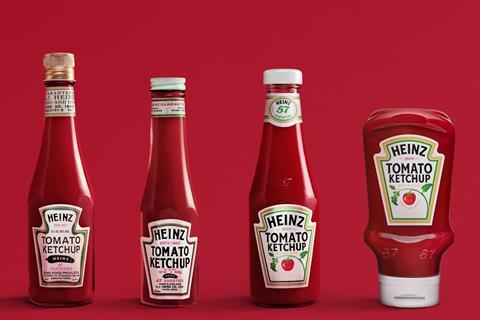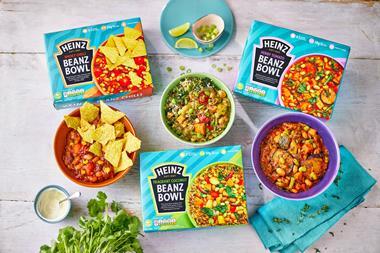
When you think of ketchup, there’s really only one brand that comes to mind: Heinz. After all it has been a staple in millions of homes around the world since 1876.
But in the 2010s, an influx of competitors entered the market offering cheaper substitutes and leading customers to question their choice of ketchup for the first time.
The initial response was one of defense, says Nina Patel, VP of North American brand communications for Kraft Heinz. “The company’s culture became apologetic [as the] advertising relied on defensive ingredient claims, traditional advertising and CPG tropes. All the swagger of Kraft Heinz’s brands, once American powerhouses, was left in the rear-view,” she explains.
It was only around 2019, when Heinz Ketchup stopped advertising around rational benefits and embraced creative marketing, that the brand was able to prove once more why it is so iconic.
Heinz decided to remind customers of the irrational love they have for the brand and reinforce the product’s cultural status. And, this year, the brand has continued to implement its successful strategy with a series of ground-breaking creative campaigns.
In June, the brand launched its first-ever global marketing campaign under the name ‘It has to be Heinz’, designed as a love song to its super fans. The 30-second ad, created by agency Wieden+Kennedy New York, shows Heinz fans pulling emergency sachets of sauce from their socks and inking themselves with ketchup-themed tattoos. The film demonstrates the brand’s well-earned place in culture, while celebrating its community of ketchup aficionados.
For Heinz, its relationship with its fans is one of give and take. Some campaigns have weaponised its community to further spread the ‘It has to be Heinz’ message. According to Heinz, three out of four North Americans prefer Heinz Ketchup – which is why some restaurants refill Heinz branded ketchup bottles with cheaper substitutes and attempt to pass them off as the real thing. To capitalise on this insight and correct this illicit behaviour, Heinz and agency Rethink created ‘Ketchup Fraud’, a series of voyeuristic ads showing restaurant workers caught in the act of refilling bottles.
Heinz then encouraged its fans on social media to name and shame offending locations – sweetening the deal by sending those places a free pallet of the real stuff. Not only does this work help protect Heinz’s all important supply chain and justify its price premium, it signals that nothing but OG Heinz will do.
Time and again, Heinz has asserted its dominance by focusing on its popularity and quality, but it is also skilled at breaking into culture to earn attention. So, in September, when everyone was talking about Taylor Swift’s appearance at a Kansas City Chiefs game with the mother of her rumoured beau, football player Travis Kelce, Heinz found a way to insert itself into the conversation.
When a photo showed up on Twitter depicting Swift at the game ‘eating a piece of chicken with ketchup and seemingly ranch’, Heinz Ketchup spotted an opportunity to hijack interest around the singer’s love life.
Together with agency Rethink, Heinz rebranded its already existing Kranch (ketchup and ranch hybrid) into Ketchup and Seemingly Ranch – giving away 100 limited-edition bottles of the meme sauce to fans. The campaign reportedly received 4.72 billion impressions and 99% positive/neutral sentiment rate.
By embracing its fans and finding moments to pop in culture, Heinz ketchup is now red hot in more ways than one. We don’t know what the brand has in store for 2024, but there’s no question that its creatively exceptional marketing has sent a clear message: when it comes to ketchup, it has to be Heinz.



















No comments yet